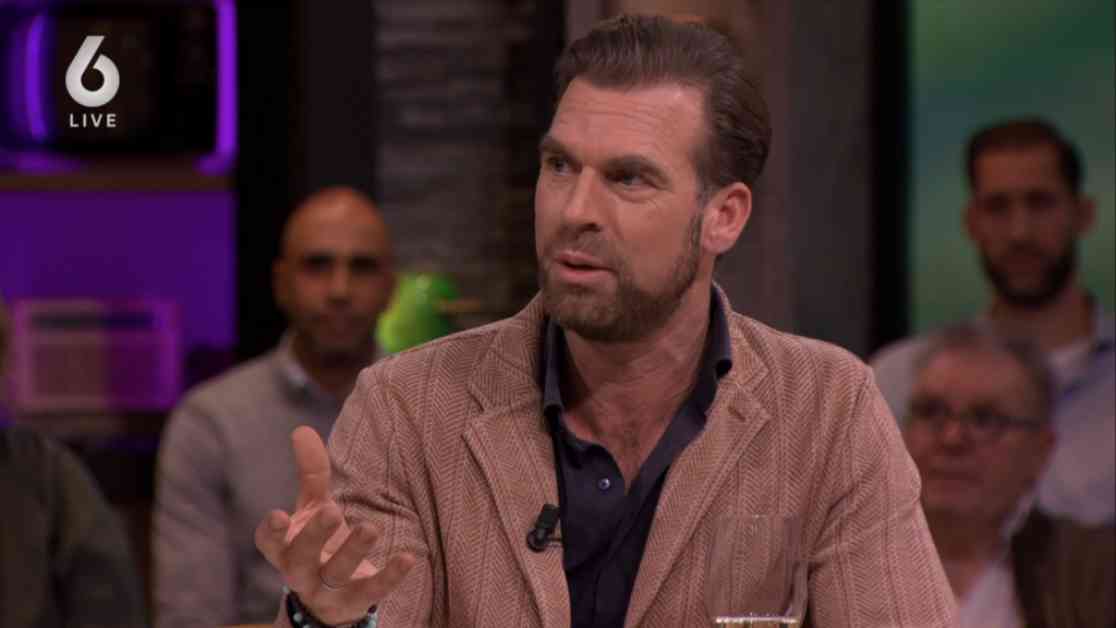Omroep PowNed faced heavy criticism over the weekend. An item in which Taylor Swift fans were asked how far they would go to meet their idol sparked a lot of controversy. Even PowNed television maker Rutger Castricum was critical of the video, which has since been taken offline. “This is not good,” he said.
In the segment, a young woman showed her breasts in exchange for a meet-and-greet with Taylor Swift, and another fan kissed a stranger. This was shown in a PowNed item titled ‘Screaming girls turn into sluts for Taylor Swift’, where reporter Abel Bijlsma asked the mostly young fans how far they would go to meet Taylor Swift. However, it turned out that the meet-and-greet did not actually exist.
The item received a lot of angry reactions and complaints to the Media Authority. Radio host Ruud de Wild, who works for PowNed, called the video “fucking disgusting.” The NPO ombudsman also received a flood of complaints after the segment aired.
The video has since been taken offline, but it was still a topic of discussion on Vandaag Inside Oranje. Rutger Castricum, who also works for PowNed, expressed his criticism, stating that it was unacceptable. “No, this is not good,” he responded. “You have to be clear about that and just take it down.”
During the discussion on Vandaag Inside, presenter Wilfred Genee described the video as “very disgusting” and questioned Castricum about why PowNed initially did not want to remove the footage. Castricum explained that the delay was due to the head editor being busy watching football at a bar when he received a call from the ANP news agency. He also mentioned that the decision was not his to make.
Despite the controversy, Castricum acknowledged the intention behind the video. “Young people who create such content want to be provocative. I can relate to that to some extent. Sometimes they go too far,” he said. “And that’s what happened here. I think you have to admit when things go wrong, and that has happened now.”
In response to the criticism, Johan Derksen called the video “particularly tasteless” but recognized the value of Omroep PowNed. “The broadcasting system needs a channel that pushes the boundaries and sometimes crosses them. Without that channel, the public broadcaster would be very dull and predictable,” he stated.
While the video sparked outrage and backlash, it also raised important questions about media ethics and boundaries. It serves as a reminder of the responsibility that media outlets have towards their audience and the impact of their content. In a time where sensationalism and shock value often take precedence, it is crucial to uphold ethical standards and consider the consequences of media representation.
Moving forward, it is essential for media organizations to reflect on the impact of their content and ensure that it aligns with ethical guidelines. By promoting responsible journalism and thoughtful storytelling, they can contribute to a more informed and conscientious media landscape.

